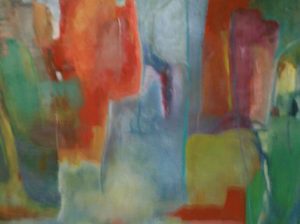The University of North Carolina is one of the few schools in the country that has a joint law degree and library degree program. At last count, there were 11 other programs in the US.
I am currently enrolled in the joint JD/MSLS program. The joint program is tiny with only 3 students currently enrolled over the course of the four year program. When I graduate with my classmate next year, he and I will be the third and fourth person to graduate from the joint program at UNC since its founding in 2005. I will be third, since my last name starts before his does alphabetically.
I was admitted into the two programs concurrently and I completed my first year of law school before taking any classes in the School of Library and Information Science (SILS). That year is mandated by the American Bar Association and covers the following topics: Civil Procedure, Criminal Law, Constitutional Law, Contracts, Legal Research, Property, and Torts. Administratively, I had to defer my admissions to SILS for a year while finishing my first year in the School of Law. Then, in fall semester of my second year, I was all SILS all the time. In the last two and a half years of graduate school it has been a mix of classes between the two programs. Unlike our classmates in either of the programs, our program is a lot more rigid with specific classes. On top of the normal requirements from both schools, we are required to take Copyright Law, Intellectual Property Law, Advanced Legal Research, and Cyberspace Law Seminar in the law school. In the library school, our additional required classes are Information Ethics, Government Documents, and Law Libraries and Legal Information. The entire list of classes is available here. Anne Klinefelter, the Director of the Kathrine R. Everett Law Library, is the advisor for the dual degree programs.
By doing the two programs together I had a year less of graduate education. Traditionally, the law degree is three years and the library degree is two years, but doing the joint program at UNC, the two degrees are completed in a total of 4 years. When I graduate, I will graduate with a JD from the School of Law and an MSLS from the School of Information and Library Science.
Anne Gilliland in the Scholarly Communications Office also has her law degree and Master of Science in Library Science. So, for us, when we’re asked to #RepOurMajor, we have to ask, which one?
